All three TCM strategies posted their best month of the year in June as markets were soothed by a dovish Fed meeting that cemented expectations of a rate cut as early as July.
While headlines crowed about the market’s best June in decades, it was in fact just enough to offset May’s steep losses– much like this year’s strong numbers are only the mirror image of the drop from last September’s high. This is the latest episode in the pattern that has emerged since 2018, where the market has gone nowhere in a wide sawtooth, ebbing and flowing with the direction of monetary policy while ignoring fundamentals such as slowing earnings growth, recessionary economic data and inverted yield curves worldwide.
As this tug-of-war becomes increasingly volatile, it remains to be seen whether stocks are right in discounting a mid-cycle slowdown like 2016 or whether there will be some “catching down” to a recession that’s about to begin. In other words: will this easing cycle be more like the “insurance cut” in 1995 when stocks were already at all-time highs, or a “behind the curve” one that did little to stop the rout in 2008? With a new earnings season upon us in July, we may soon know more.
INVESTING WITH GUARDRAILS
In response to increasing interest and in light of the turbulence of the past 18 months, we would like to take a moment to highlight our US Equity Smart Index strategy. As a reminder, Smart Index is designed to improve the risk profile of S&P 500 allocations by systematically reducing exposure during volatile periods as indicated by our proprietary VIX dashboard.







